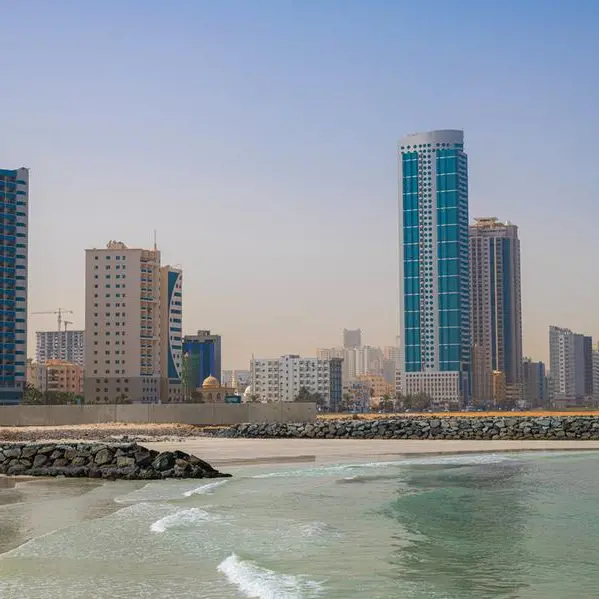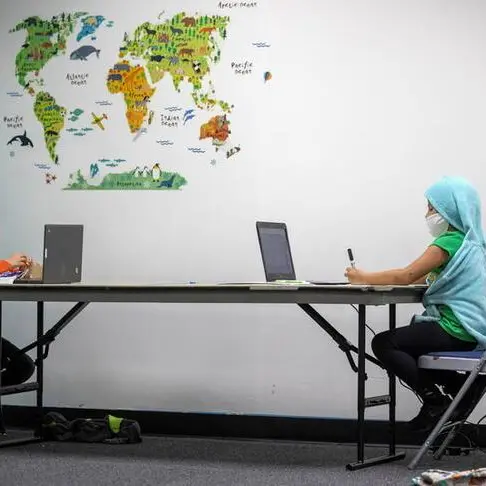PHOTO
It seems fashionable to think the coronavirus crisis is over or is passing into memory thanks to vaccines and new protocols. It is not. The pyres in India are a reminder that COVID-19 is not gone, dissipated or any other wishful thinking.
What does the Indian situation mean in the bigger picture? COVID-19 variants and pathogen management are going to be key factors, even as some countries achieve success with their efforts to distribute vaccine doses. But the crowded market for vaccines and the increasing requirement to vaccinate in countries around the world needs to be addressed in earnest.
Importantly, the Indian triple mutant variant is not the main reason for the COVID-19 surge there. According to research, the variant is found in only about 10 percent of cases in India. This variant was identified there for the first time on Oct. 5 last year. Two coronavirus “escape mutants,” E484Q and L452R, which have also been found in other variants, came together to form a third strain to infect human cells in specific locations in India.
The Indian strain has been found in other locations around the world, across all continents. This highly contagious variant, although it has a lower death rate, rapidly spreads throughout populations. Even those vaccinated against COVID-19 still face a chance, however small, of contracting the disease. For those who are not vaccinated, the problem is more obvious. The overall picture is that this Indian variant makes up part of another wave of COVID-19. In the Spanish flu epidemic of 100 years ago, five waves of the disease occurred. COVID-19 is more aggressive then the Spanish flu and thus, even with better medical capacity and communications, there will continue to be outbreak pockets. The Indian variant is considered to be part of the second wave of COVID-19.
The main factor responsible for the second wave surge — and another surge or two to come in some hotspots — is the public’s attitude. Human behavior dictates that it is impossible to follow COVID-19 protocols, such as wearing masks and maintaining social distancing, without effective communication. With protocols being dropped in many countries around the world, there is a human aspect that presents a problem, with a complete drop of any awareness of the disease and caution around others, who may be infected and asymptomatic. India’s plunge into COVID-19 crisis can and will likely be repeated elsewhere. Why? Because COVID-19’s lineage is evolving. This means other hotspots will pop up, such as the case of Turkey.
Meanwhile, the Indian variant needs to be looked at in the context of the virus’ spread in Latin America. In this region, which has little access to vaccinations, a number of countries are experiencing an increase in cases as another wave takes hold. Infections and deaths are currently rising in Argentina, Colombia, Peru, Costa Rica and Puerto Rico, among others. In Brazil, a wave of variants saw a spike in deaths in March, peaking at more than 4,000 a day.
The World Bank and other financial institutions are sounding the alarm about areas where COVID-19 is surging once again. The level of damage caused by the virus across Latin America is going to mean a much longer recovery period for this region. Latin America accounts for about 30 percent of the world’s deaths from COVID-19 despite having less than 10 percent of the world’s population. Vaccines are desperately needed. There is a concern among experts that, the longer these countries go without access to vaccines, the more likely it is that a variant will arise that the world’s current vaccines are ineffective at protecting against. In Colombia, only about 3 percent of the population is fully vaccinated. The figure is even lower in Honduras, Nicaragua and Venezuela. Only Chile is comparable to the higher-income countries outside of Latin America. In total, however, only about 11 percent of the South American population has received at least one dose of a vaccine.
Overall, it is human behavior that is the fundamental problem. COVID-19’s impact on health, the economy, education and lifestyle are extreme and not yet over. The solutions are difficult, if not impossible, to implement because of the human desire to be “free.” However, that freedom may be costly in the long run. There is no doubt that human behavior studies need to examine how best to learn the lessons of people’s non-compliance with virus protocols that could help us rethink the planning and enforcement of public health responses during future waves of this pandemic and for other pathogens in the future.
*Dr. Theodore Karasik is a senior adviser to Gulf State Analytics in Washington, D.C. Twitter: @tkarasik
Copyright: Arab News © 2021 All rights reserved. Provided by SyndiGate Media Inc. (Syndigate.info).












